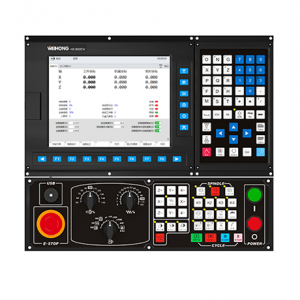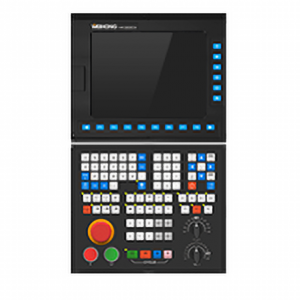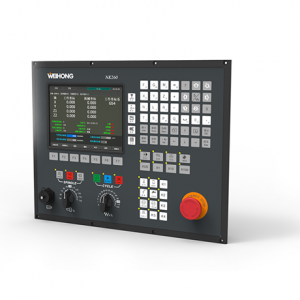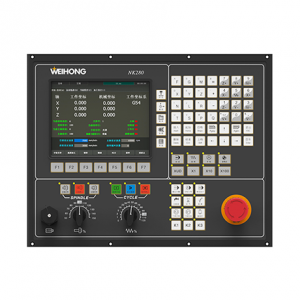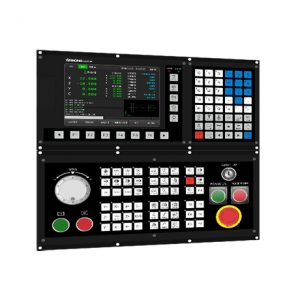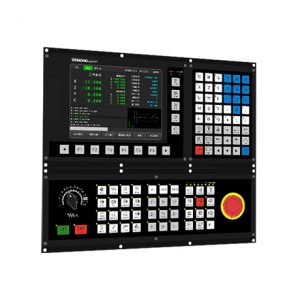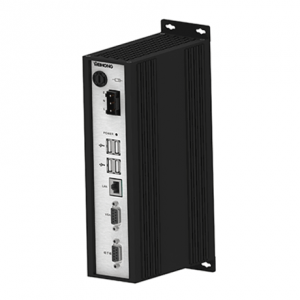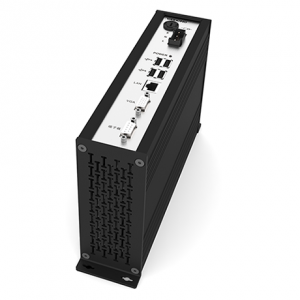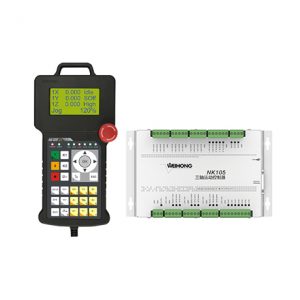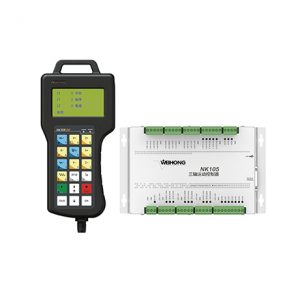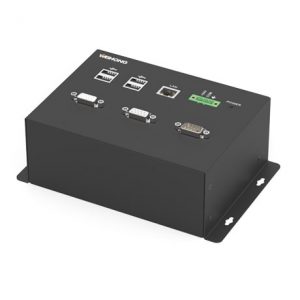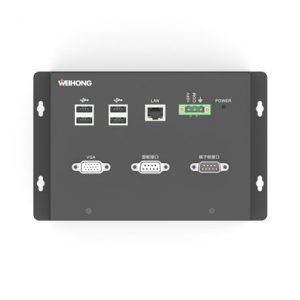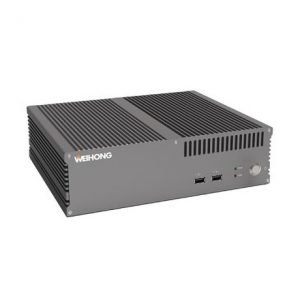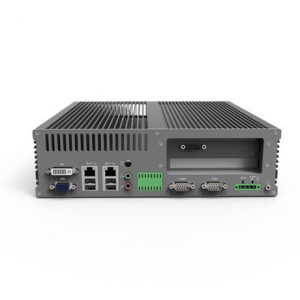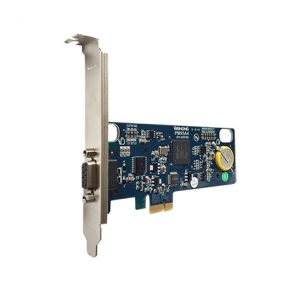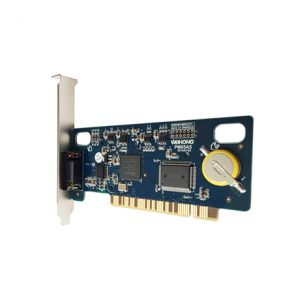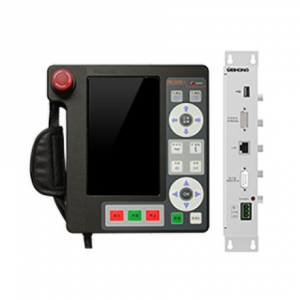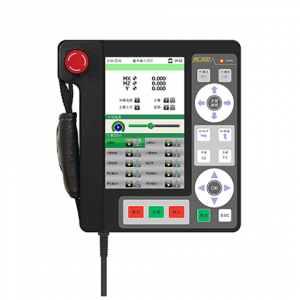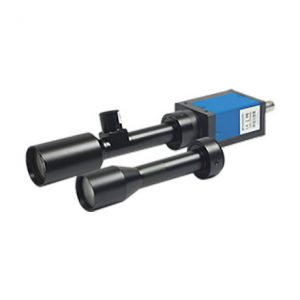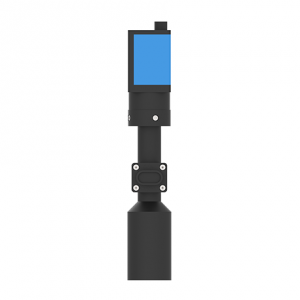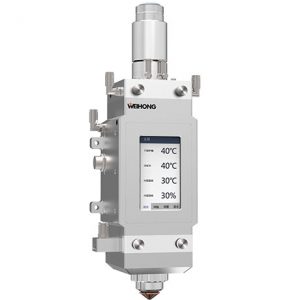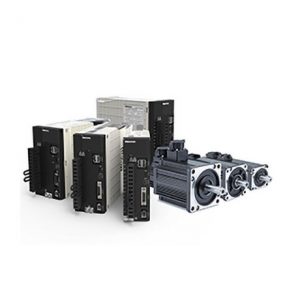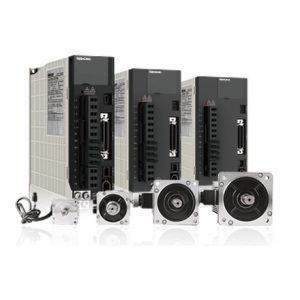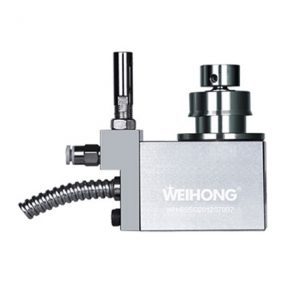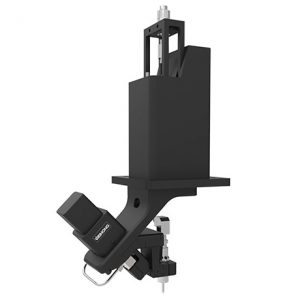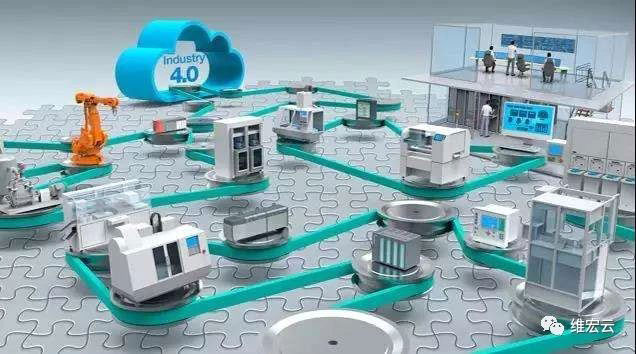Tin Tức
New Knowledge | Introduction to Common Communication Protocols for Machine Tool Networking

The networking of machine tools, or more generally the networking of numerical control equipment, has become an important basis for information management in modern manufacturing. Unfortunately, in the past, the communication protocols of machine tool networking are like the communication protocols of the entire industrial control field. The varieties and categories are complex and messy. The uniformity on the surface is mixed with the customization of various manufacturers, and it is also used for industrial informationization. Integrators have caused some trouble, or “business”.
Looking at the development trend of the CNC machine tool industry in the past ten years, in general, the machine tool networking protocol is developing towards openness and interoperability, but it still coexists in the long run. Among the currently mainstream networking protocols, OPC UA and MTConnect are commonly used in local area networks. Of course, there are also MODBUS / TCP and PROFINET that have a certain market share in industrial control.
1.
OPC UA was created by the OPC Foundation, which is currently popular among European manufacturers and has a certain user base in certain industries in China (electricity, petroleum, chemical, etc.). It emphasizes the concept of completeness, reliability, and neutrality, that is, the goal is to have nothing to do with suppliers. It is a two-way communication protocol (that is, readable and controllable) and has the ability to define device models, but does not provide industry-specific equipment (such as machine tools) to describe standard reference models. Relevant organizations in China have R & D and formulation of industry standard reference models in the field of machine tools. It has the mutual conversion protocol with the MTConnect protocol below, because the design concepts of the two are similar, and the conversion is relatively easy to implement. OPC UA used to be a fee standard, which made it difficult for some companies to adopt; since 2017, membership fees have been reduced, and free LOGO members have been provided, and the charges are mainly for compatibility testing.
2.MTConnect
Formulated by AMI (Association For Manufacturing Technology). It originated from a machine tool networking project in the early years of DMG, and later became an open source standard. Because of its emphasis on security, it is defined as a one-way communication protocol (read-only). The ability to define equipment models and provide standard reference models for machine tools is an important feature of the MTConnect protocol. At present, it has been supported by international mainstream machine tool manufacturers and is applying for ISO standards. The popular scope is mainly the United States and Japan, and some domestic enterprises have begun to adopt it.
OPC UA and MTConnect protocols use common Internet technologies (such as http and XML), making it relatively easy for software engineers without industrial communication experience to write related production management software. The data model contained in it also facilitates the software system to automatically identify and understand the meaning of the data, which is conducive to the productization and integration of production management systems such as MES, which lays the foundation for the development of more complex systems in the future.
3.MODBUS / TCP
has a long history of industrial control communication protocols and has a certain stock market share. In China, it has been defined as one of the national standards for industrial communication. It has a simple structure, but the types and quantity of data that can be transmitted are limited, and it does not have a data model. It is not particularly suitable for the product development and integration of production management information systems. At present, some domestic suppliers of entry-level MES systems mostly use this protocol, or support this protocol to dock robots and other equipment.
4. PROFINET is launched
by PROFIBUS International (PROFIBUS International, PI), which is an automation bus standard based on industrial Ethernet technology. PROFINET provides a complete network solution for the field of automation communication, including the current automation fields such as real-time Ethernet, motion control, distributed automation, fail-safe and network security. The users are mostly Siemens and its affiliated companies, but Siemens also provides interfaces for other protocols for its products. The biggest regret of the agreement is mainly the lack of open source free resources.
5. NC-LINK
is the Chinese machine tool interoperability standard under development, which draws on the characteristics of OPC UA and MTConnect. It is a two-way communication protocol (readable and controllable) and supports block data transmission.
In our country, there are many types of agreements adopted due to historical reasons. The above agreements and various private agreements may have a certain market. Therefore, as a leading CNC system manufacturer in China, Weihong (stock code: 300508) not only provides an Ethernet port on its own CNC products to support native networking functions, but also integrates in most products in accordance with the principle of standard neutrality. OPC UA and MTConnect protocols, some products integrate MODBUS / TCP according to customer needs. At the same time, he also actively participated in the formulation of China’s Machine Tool Networking Protocol (NC-LINK), contributing to the majority of users to meet the “Made in China 2025” and the Industrial Internet era.
In the Internet era, with the emergence of various new business models, the way of machine tool networking has gradually moved from the local area network to the Internet. For example, in after-sales technical services, lease management and other scenarios. However, the WAN protocol for machine tool networking does not currently have a clear international standard. There are two types of commonly used solutions:
Solution 1: Use a VPN encrypted channel, and then use the LAN communication standard.
Solution 2: Use the HTTPS encryption method to customize private application protocols or interfaces with Internet communication protocols such as MQTT and HTTP RESTful.
Weihong Cloud of Weihong shares uses a private protocol, but its data can be realized through a cloud interface under a reasonable framework according to user needs. The cloud interface can also implement advanced functions like remote device authorization management (device registration).


